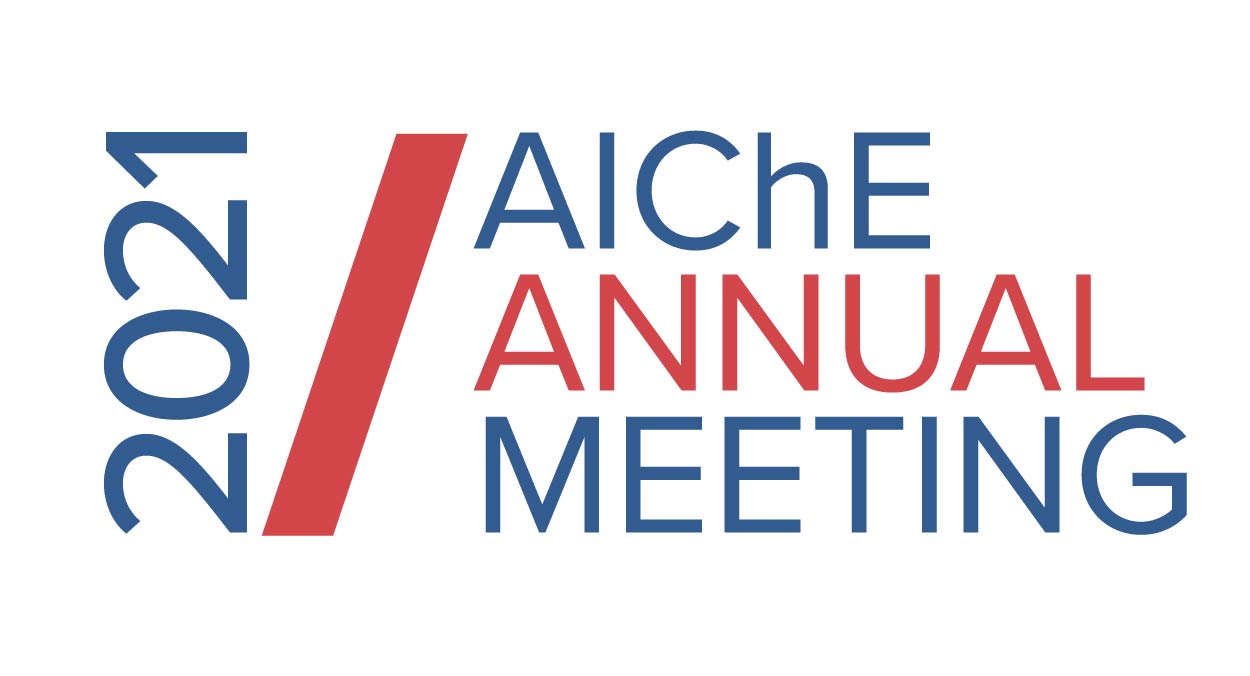

content from organic waste (livestock facilities), and croplands demanding nutrients to keep high yield rates. Also, due to the sparse location between facilities with in-excess nutrient content organic waste (including manure and digestate) and croplands with nutrient needs, the transportation of these wastes for nutrient redistribution is challenging and expensive. Therefore, the implementation of technologies and processes for the recovery of nutrients in a cost-effective form suitable for easy transportation and use in croplands is of utmost importance. Also, this would aid to restore the circularity of agricultural nutrients usage, disrupted by industrial practices (van der Wiel et al., 2020).
In this work, a systematic review and techno-economic analysis of the state-of-the-art technologies for nitrogen recovery from livestock waste is carried out through the development of modules for the calculation of the energy and mass balances, nutrient recovery yield, and techno-economic evaluation. The aim is to identify the most adequate technology to close the nutrient loop from livestock to crops, and the optimal design and operating conditions for its implementation. The processing and management of livestock waste involve all stages from waste collection to the production of the nutrient-rich product: manure preconditioning, optional anaerobic digestion of manure and biogas valorization, solid-liquid separation of manure or digestate, and nutrients recovery. The assessment of technologies is carried out with special emphasis on the resiliency of the technology selected for each scenario. This is because of the existence of multiple variable factors affecting the performance of nutrient recovery facilities, e.g., the variability of waste composition, the prices of the products obtained, and the cost of the utilities required by each unit. Therefore, a flexible framework capable of assessing changes in input parameters is developed, allowing the study of the impact of the fluctuation of these variables on the results, the techno-economic performance of the different nutrient recovery technologies, and the selection of the optimal configuration. In addition, the application of potential government incentives is evaluated, for designing and determining the most cost-effective incentive policies to stimulate the implementation of nitrogen recovery systems at livestock facilities.
The obtained information from the systematic design and evaluation of nitrogen recovery systems is essential for performing a multicriteria decision-making approach to deploy the optimal systems for nitrogen recovery considering the livestock facility size, type of livestock, its economic performance, and the availability of effective incentive policies to encourage the deployment of these facilities. Additionally, the obtained results are very valuable for the development of supply-chain studies to determine the optimal spatial distribution of nutrient recovery facilities, and the potential exchanges of waste and products across a multi-product coordinated network (Sampat et al., 2017).
References
Baker, D., and Da Silva, C., Trends in agri-food systems: Drivers, changes, impacts and overall assessment, FAO Policy Learning Programme (2014).
FAO, The ethics of sustainable agricultural intensification. FAO, (2004)
Sampat, A.M., Martin, E., Martin, M., and Zavala, V.M., Optimization Formulations for Multi-Product Supply-Chain Networks, Computers & Chemical Engineering, 104C, 296-310 (2017)
van der Wiel, B. Z., Weijma, J., van Middelaar, C. E., Kleinke, M., Buisman, C. J. N., and Wichern, F., Restoring nutrient circularity: A review of nutrient stock and flow analyses of local agro-food-waste systems. Resources, Conservation and Recycling, 160, 104901, (2020)
